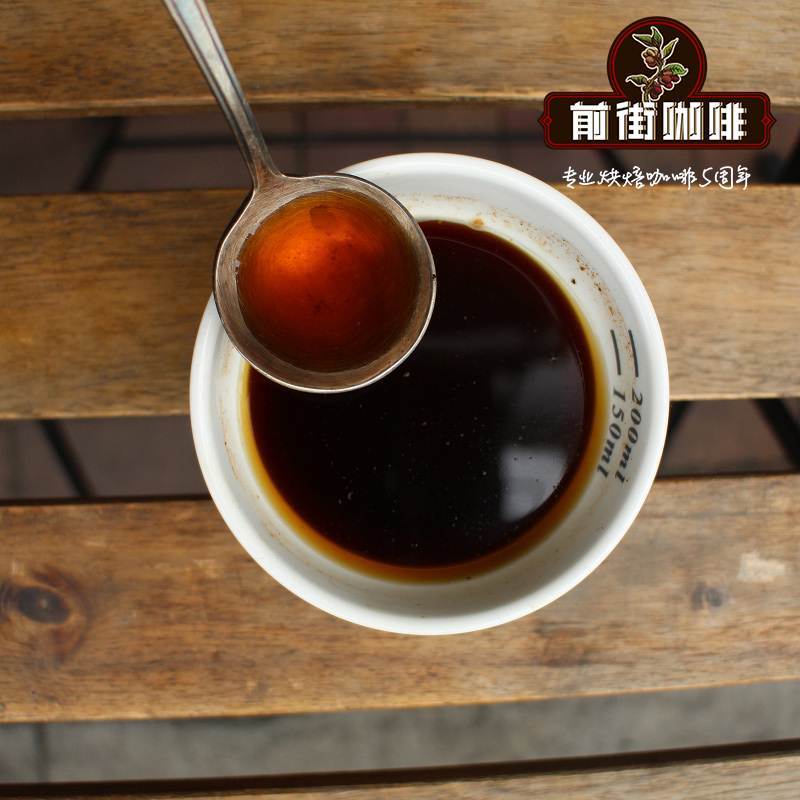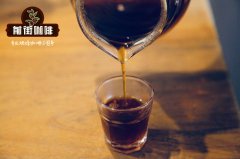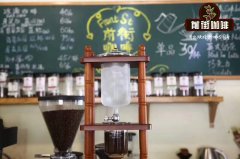What is a coffee cup test? Coffee cup test procedure. Coffee bean cup test.

Professional coffee knowledge exchange more coffee bean information please follow the coffee workshop (Wechat official account cafe_style)
The so-called "cup test" is like tasting red wine to objectively and generally judge the sweetness and sour taste, bitterness, aftertaste and aroma of coffee, as well as the quality of coffee.
"Cup test" is actually held in coffee producing areas and producing countries, and it is the most direct way to convey the unique flavor of coffee. When purchasing raw coffee beans in the place of origin, a cup test should be carried out to determine whether to buy it or not.
The cup test is very straightforward to say that the coffee cup test, of course, the test is not the material of the cup, but the quality of the coffee in the cup! Also because of the cup testing behavior, the cup tester certification promoted by the American SCAA Fine Coffee Association is born accordingly, and the "cup tester" is to check the quality of coffee beans, define coffee flavor and price, and is the gatekeeper before entering the mouth of customers.
I. the main purpose of the cup test
(1) to explore the original characteristics of coffee, including its advantages and disadvantages
(2) explore the roasting characteristics of coffee and find out the advantages accepted by the market, including the bean blending model.
(3) to decide whether to purchase according to the cup test results, or to make decisions related to procurement.
(4) according to the cup test results, some suggestions on coffee planting and raw bean treatment, preservation and logistics are put forward.
II. Preparation for cup test
(1) suitable environment (quiet environment without pungent or other fragrance)
(2) Cup testing equipment: bean baking facilities, cup testing room, cup testing supplies
(3) Baking cup test samples: bean baking machine, Agtron baking color card, bean grinder
(4) tidying up the cup test environment: the cup test room should be bright and clean, free of strange smell, quiet, comfortable and undistracted.
Third, cup test procedure
(1) baking time: 8 to 12 minutes, no coke, Agtron baking color card # 55-# 65 shall prevail
(2) the ratio of water to coffee powder is 1:19-1:21.
(3) regulations on the thickness of grinding: sifted by No. 20 screen or hand-punched
(4) dry incense must be tested within 15 minutes after grinding.
(5) Water quality regulations: total dissolved solids (Total Dissolve Solids) 125-175 ppm
(6) the temperature of water injection is 93 ℃.
IV. Items of cup test
(1) cleanliness (Clean cup): that is, the sample has no rotten odor and defects.
(2) sweetness (Sweetness): in ripe fruit, the sweetness content can be felt clearly. If it is too ripe or not ripe, the change of sweetness can be felt in the cup.
Take it.
(3) acidity (Acidity): good acidity can be bright and lively, or with fruit acidity or sweetness, while bad acidity is like unripe fruit or even similar to acetic acid or hair.
The sour taste of leaven.
(4) dry and wet incense (Fragrance, Aroma): dry incense refers to the aroma that is ground into powder and smelled before hot water is added, and wet incense refers to the smell after adding hot water.
There are two kinds of wet fragrance before and after breaking dregs, such as flower, berry and caramel, which are all important factors in the attraction of coffee.
(5) Oral tactile sensation (Mouthfeel): other oral sensations (not taste), sticky matter, greasy sensation and texture, or even poor taste.
The tactile sensation belongs to mouthfeel, such as milk and water, smoothies with flesh.
(VI) Aftertaste: after sipping (spitting out the coffee or drinking it), it still stays in the mouth and can feel the taste, touch and even residual breath of the nasal cavity. Okay.
Does the smell still exist or disappear? Is there a bad taste or touch?
(7) Balance: all kinds of flavors are coordinated and combined into representative characteristics? Some flavors are too strong? Or less flavor?
(8) Overall: do you like this sample? Are you impressed?
Important Notice :
前街咖啡 FrontStreet Coffee has moved to new addredd:
FrontStreet Coffee Address: 315,Donghua East Road,GuangZhou
Tel:020 38364473
- Prev

What is the most expensive coffee? The most expensive coffee in the world.
Professional coffee knowledge exchange more coffee bean information please follow the coffee workshop (Wechat official account cafe_style) the world's top coffee beans must be cat shit, Blue Mountain? How much can it cost? Let's sell it first. In the recent auction of the Best Panamanian Coffee, the coffee bean, called Panama Geisha, sold at record prices, making it the most expensive coffee ever sold.
- Next

Starbucks iced drop coffee. How to make iced coffee. How to make iced coffee.
Professional coffee knowledge exchange More coffee bean information Please pay attention to coffee workshop (Weixin Official Accounts cafe_style) Summer is coming. For coffee lovers, it is best to drink a cup of cold iced coffee. If you refuse high calories, pay attention to taste aftertaste and are willing to explore new tastes, you may wish to try Ice Drip Coffee, the goddess drink in the ice coffee world this summer.
Related
- Beginners will see the "Coffee pull flower" guide!
- What is the difference between ice blog purified milk and ordinary milk coffee?
- Why is the Philippines the largest producer of crops in Liberia?
- For coffee extraction, should the fine powder be retained?
- How does extracted espresso fill pressed powder? How much strength does it take to press the powder?
- How to make jasmine cold extract coffee? Is the jasmine + latte good?
- Will this little toy really make the coffee taste better? How does Lily Drip affect coffee extraction?
- Will the action of slapping the filter cup also affect coffee extraction?
- What's the difference between powder-to-water ratio and powder-to-liquid ratio?
- What is the Ethiopian local species? What does it have to do with Heirloom native species?

